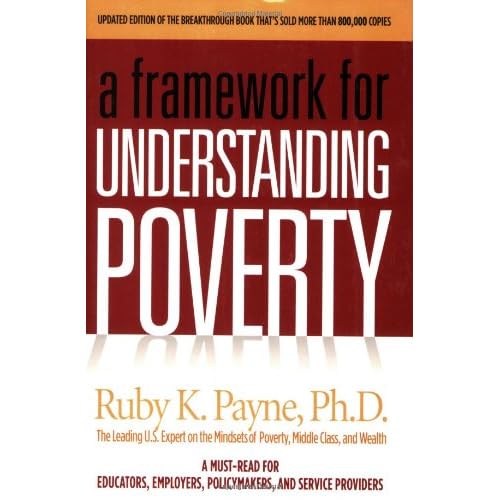My February resolution was to crank my blog posts back up to a regular level again. Four days after my last post the earthquake put that plan to an end. But I am ready to roll again now.
Here is a letter I am composing to schools. I want to make lots of money with little quality control.
Dear School Principal,
Today for some reason I am thinking about starting a business. A business run for profit. A business that retails goods and makes a profit for me.
One barrier to me starting my business is the cost of buying or leasing retail premises, a place to show off and sell my products. To avoid this cost I will run a mail order business. But the problem still is the cost of direct mail or circular delivery of my monthly catalogue to home letterboxes.
Hmmm, you could help me out here by giving my promotional materials and order forms to children at your school? I will save on lots of advertising and delivery costs.
The next problem I face is order processing. If you get your teachers to give out my promotional materials, catalogues and order forms to your pupils can you also save me lots of money by collecting the orders, counting the money and sending it off to me. It would really reduce my overhead costs.
Distribution of the ordered product is also a hassle (cost) for me so I propose that you get your teachers to do this for me as well. They can also follow up missed and incorrect orders for me.
I like the idea of your teachers giving my promotional materials to their children. If it comes from a teacher and the teacher spends some class time talking with the kids about what is great, exciting and really worth buying this month, the children will unquestioningly believe I am offering good products. If I offer the class some incentives based on their total order value then there will also be some good peer pressure to keep up the class ethos and buy from me. My customers (children) wont want to let the class down by not pressuring their parents to buy this month's quota.
What could I sell in my mail order business?
An art kit (crayons, felt tip pens etc.)
A battery powered game console
A crystal growing kit
A battery powered safe
A T-shirt embroidery kit
A bedroom burglar alarm
A plastic bead-making machine
A plastic stencil set
A solar powered calculator
A battery sudoko machine
A set of board games
or basically any cheap stuff you could buy at the Warehouse. Why would parents buy this from me? Because it had tacit endorsement from their child's school and therefore must be good for learning.
I need to avoid hassles with tricky questions from school principals and boards of trustees. I will do this by orienting my website to recruit individual teachers directly to sign up to run my business for me in their own class. My other idea is to get some parent volunteer labour to work for me.
By doing this it is unlikely that the things I say to parents in my catalogues e.g. "
Parents: Ordering from me earns your school valuable FREE resources! or Parents: Every Item Ordered Earns Your Child’s Classroom FREE Books!" will ever show up for scrutiny or audit on the school accounts or on school library book asset registers. Principals will be left guessing what is received and where these resources end up. There will be no required approval of school management for teachers to join up and help me run my business for me. My website will help this process by recruiting them directly.
Now all I need is a catchy name for my global multi-millon dollar business. A name which projects the feeling that what I sell is somehow educationally valid: Academicastic, Learnastic, Growbrainastic?
Please support me with my new business plan.
Regards
Mike
PS Don't knock those teachers who already like my business plan, they do so because they like to support literacy and reading in their classes. And NZ parents have a belief that what they got sold as kids is also still good. But let's question any new sign-ups. If you would not to open the gates to any other mail order company using teachers as commissioned sales people why would you open the gates for one that has been around for a while?







